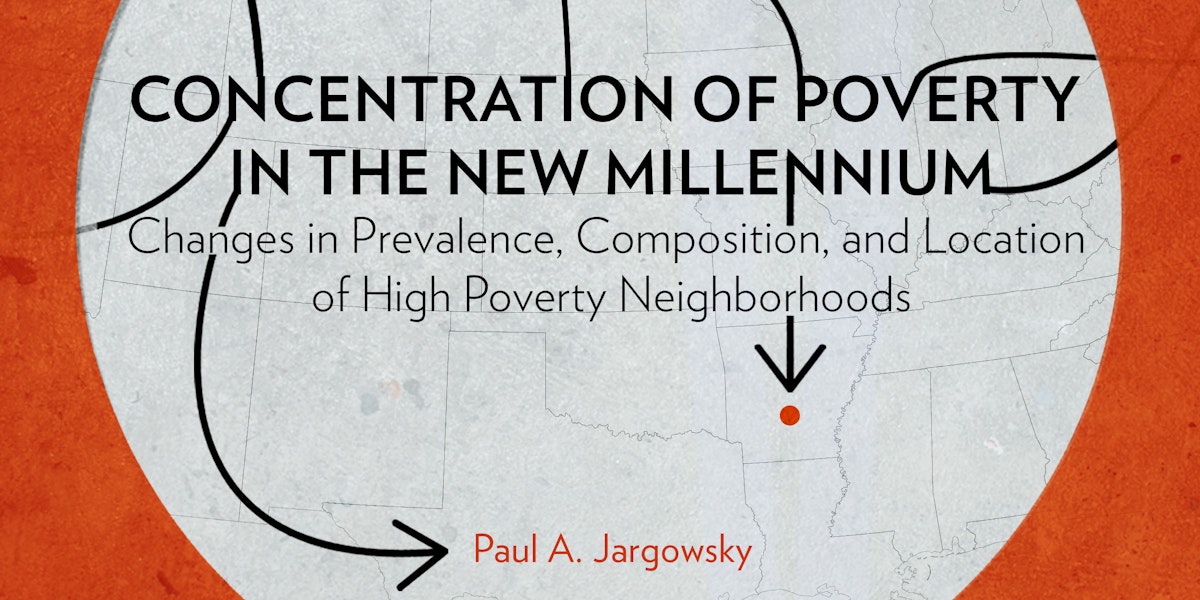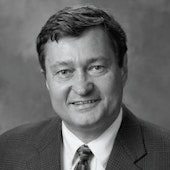Concentration of Poverty in the New Millennium, authored by TCF fellow and CURE director Paul A. Jargowsky, is the first to compare the 2000 census data with the 2007-11 American Community Survey (ACS), revealing the extent to which concentrated poverty has returned to, and in some ways exceeded, the previous peak level in 1990.
[NOTE: Updated figures for the 2008–2012 period are available here.]
Concentrated poverty is defined as census tracts where more than 40 percent of households live below the federal poverty threshold, currently set at approximately $23,000 per year for a family of four.
“In the USA, there are now more census tracts of concentrated poverty than have ever been recorded before, resulting in more than 11 million Americans, or 4 percent of the population, living in severely distressed neighborhoods,” said Jargowsky.
“The increase in concentrated poverty was highest in the Midwest, which experienced a 132 percent increase in the number of people living in high poverty neighborhoods, to 2.7 million; followed by the South, which suffered a 66 percent increase to 4.6 million.”
The Century Foundation/CURE report further reveals that the most significant increases in concentrated poverty occurred., not in the major cities, but rather in small to mid-sized metropolitan areas.










